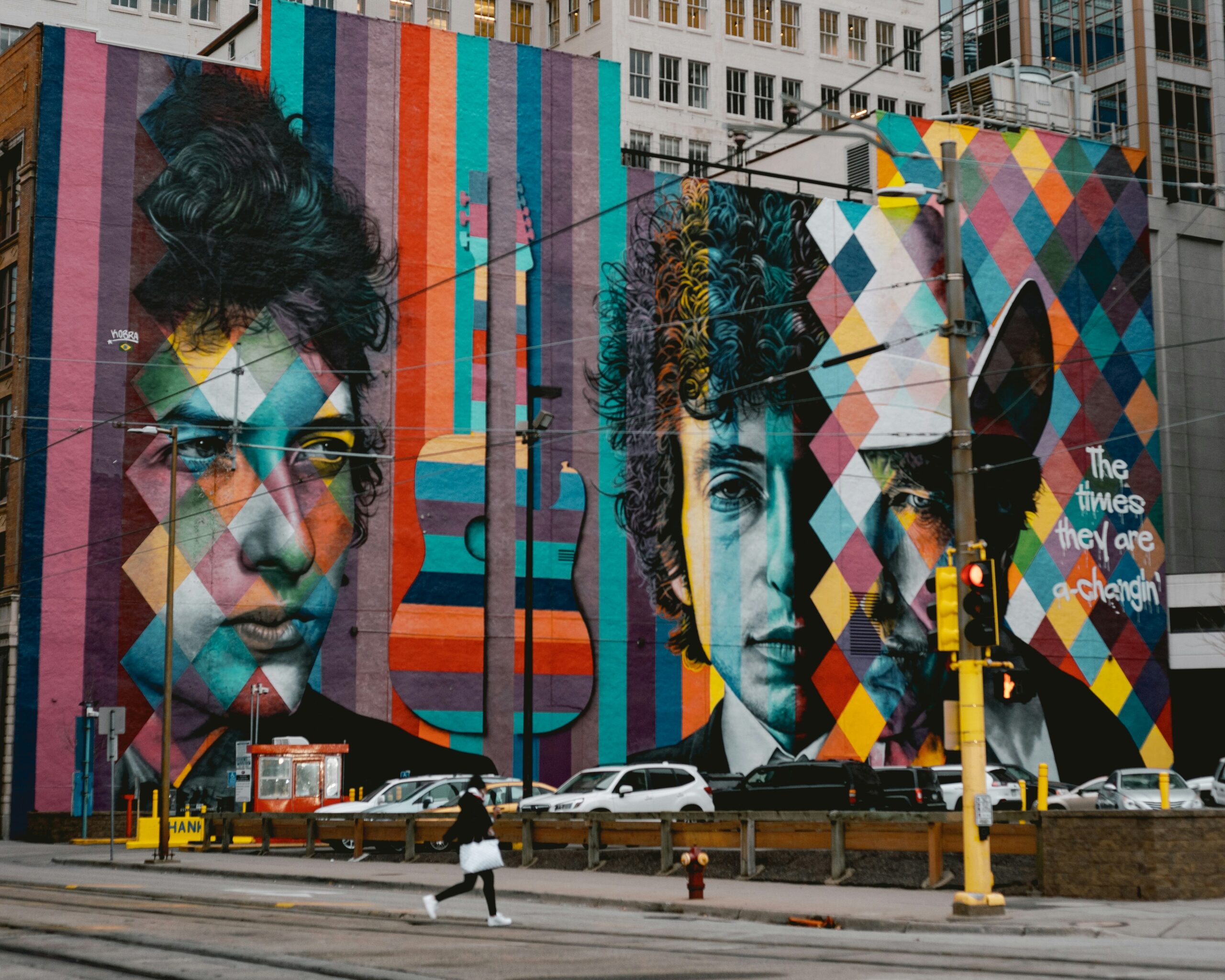Government and foundation support were critical to the arts sector’s survival throughout the pandemic, but the landscape is likely to keep shifting.
From 2019 to 2023, government support for arts and cultural organizations more than doubled, driven by unprecedented pandemic relief funding. Federal aid programs alone delivered $17 billion dollars directly to the arts and culture sector, with additional funds redistributed through local agencies. This surge in funding was essential to the survival of organizations during the crisis, but the vast majority of relief funding has been awarded, with only a few programs continuing to distribute funds through 2026.
While foundation support also emerged as a bright spot—outpacing inflation alongside government funding—other revenue streams, such as earned revenue have yet to fully rebound. As of 2023, earned revenue remained below pre-pandemic levels when adjusted for inflation and continued to cover a smaller share of organizational expenses.
This dynamic has been particularly acute for BIPOC organizations, for whom:
- Trustee and individual giving declined below pre-pandemic levels by 2023.
- Government support grew by 285% (inflation adjusted dollars).
- Foundation giving increased by 76% (inflation adjusted dollars).
These institutional funding sources are now even more critical for BIPOC organizations than they were pre-pandemic. However, despite the significant increases listed above, BIPOC organizations still received substantially less funding from government sources and similar amounts from private foundations on average compared to their non-BIPOC counterparts.

